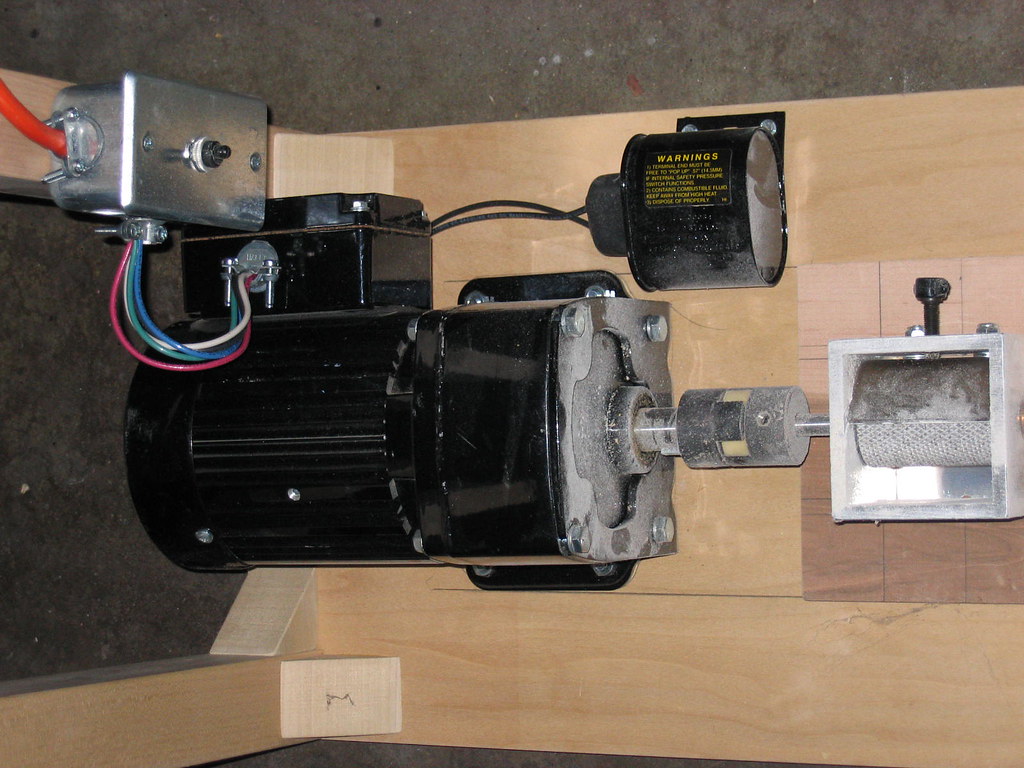PDawg
Well-Known Member
I am going to try to build my mill as Yuri does in this thread.
https://www.homebrewtalk.com/f11/diy-grain-mill-12858/index7.html
My Question is this, Is .045 the normal distance most people are using between rollers. I ask because if this is the case I am not going to build in adjustability which would make the project far easier. Thx in advance,,,Dave
For those that are tool challenged thats roughly the thickness of your Credit Card at the raised numbers.
https://www.homebrewtalk.com/f11/diy-grain-mill-12858/index7.html
My Question is this, Is .045 the normal distance most people are using between rollers. I ask because if this is the case I am not going to build in adjustability which would make the project far easier. Thx in advance,,,Dave
For those that are tool challenged thats roughly the thickness of your Credit Card at the raised numbers.



